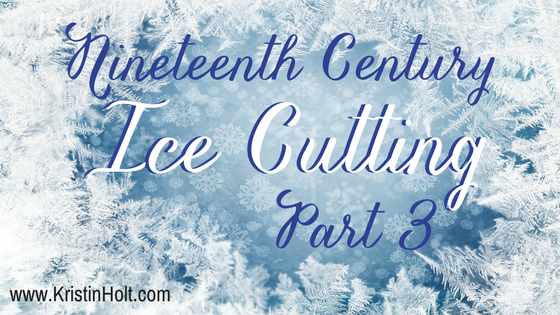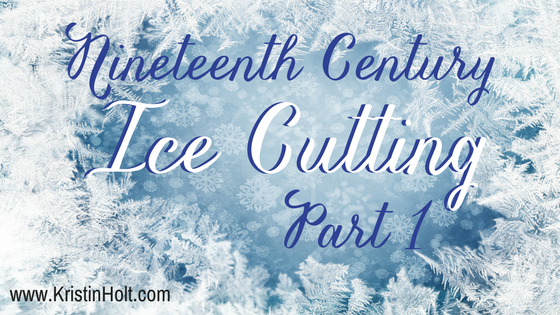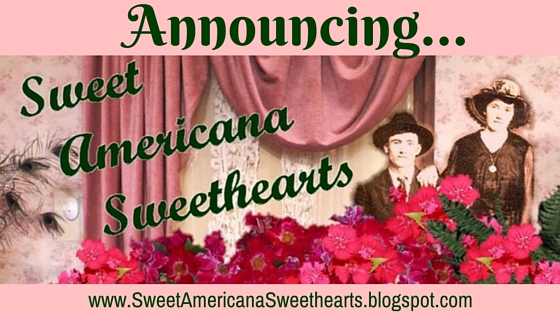
by Kristin Holt | Jan 28, 2017 | Articles
In the third and final article about Nineteenth Century Ice Cutting, I share some of the highlights of the history surrounding a Boston entrepreneur’s ice company, both domestic and foreign. Historic sources share insights and facts that make ice a pretty cool subject to study! See vintage images of ice cutters at work.

by Kristin Holt | Jan 22, 2017 | Articles
Nineteenth Century Ice Cutting, Part 1 (of 3): Ice cutting was a boom business in the mid 1800s. Tons of ice were harvested each winter in the Northeast portion of the United States, housed near rivers and railway spurs, and shipped near and far for use in the remaining seasons of the year. An image from August 1884 Harper’s Weekly, a patent from 1841, a spot of Victorian humor, and newspaper clippings shed light on the significant ice trade.

by Kristin Holt | Jan 16, 2017 | Articles
Have you ever stumbled across a turn of phrase (hold your horses, for instance) in a western historical romance and wondered if it fit? Or if that phrase was too new to be accurate historically? I have. While writing my past few western historical romances, I’ve paused and taken the time to look up most of these phrases, but I probably missed some. I want to share a handful with you here (that appeared in Pleasance’s First Love, set in 1879), along with the history behind that common phrase (colloquialism), when it came to be, and how we know that origin.

by Kristin Holt | Sep 29, 2015 | Articles
This book review of an historic cookbook illuminates my reasons for a 4.5-star review. This vintage cookbook is so much more than a collection of historic recipes–it provides a peek into the homemaker’s roles, available ingredients, methods of food preparation and attitudes about waste, as well as regional favorites. Small elements–such as reference to measuring salt with a dessert spoon–explains much to amateur historians about the way things once were. Article includes one of the recipes from the book: cream pie with a rich pie crust.

by Kristin Holt | Aug 9, 2015 | Articles
I’m delighted to announce my affiliation with the Sweet Americana Sweethearts Blog. It features authors of Sweet & Clean romances set throughout North America between the years of 1820 and 1920.













